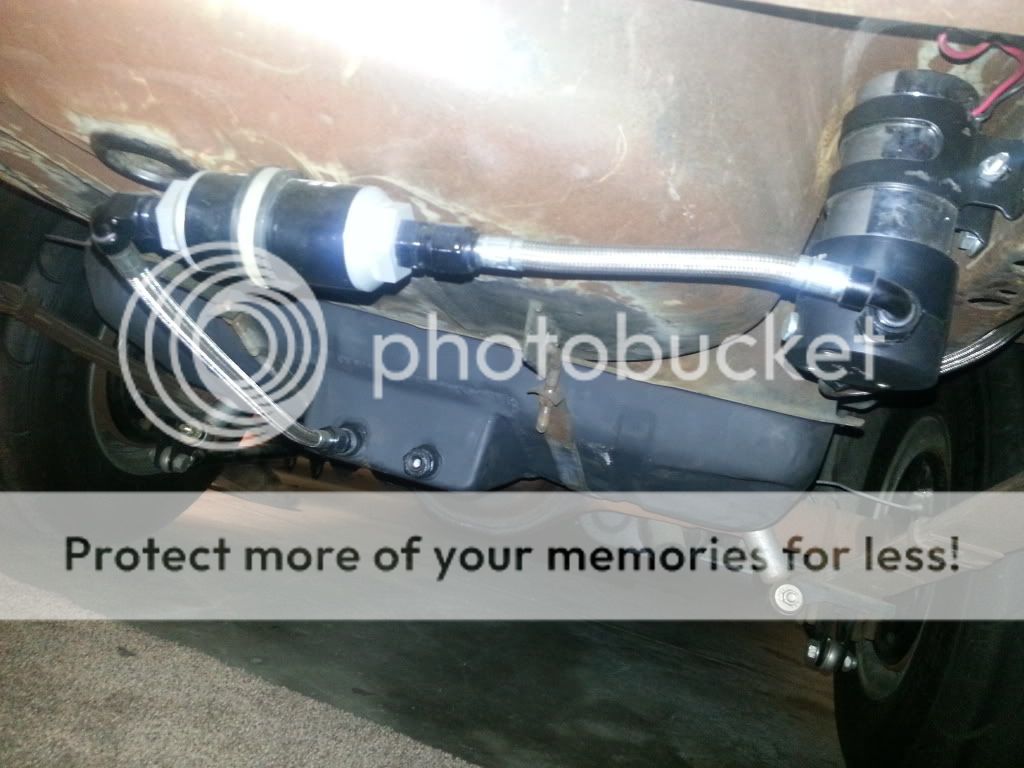I'm becoming a firm believer in the need for the full length of the fuel line to be under pressure. Modern pump fuel is formulated for EFI and it seems to me like it boils ("Vapor locks") much more easily than the fuel of the past. Not that previous fuel was difficult to boil, just seems it's easier to do these days.
EFI supply systems hold the whole fuel supply line at injection pressure, which for most of them is 40-50 psi. That pretty much stops the boiling. It is a burden to do this. You can't use the cheap fuel hose and you need to either use fittings that don't require hose clamps ("Push-Locks" being my preference) or you need to use good hose clamps. This means using an electric fuel pump with the associated safety wiring (oil pressure kill switch usually). And it usually means that a by-passing type regulator and a return line are also needed. I used the existing 5/16" supply line for the return.
As an experiment I've been using the EFI "Barrier Hose" on Push-Lock fittings on the '65 Valiant (mostly a DD) for about a year. No issues, no concerns. The FC-332 & equivalent hose that these fittings are designed to be used with isn't significantly more expensive, it's just not as easily obtained. It is also not quite as flexible as the fuel hose.
The OP didn't ask for this, but while I'm thinking about it, I am using the GM EFI fuel filter. Might need two of them in parallel for a high demand drag car, but for anything else one should be more than enough. They're rated at 10 microns (4 to 10 times smaller than a typical carb filter) and are at least equal at the inlet and outlet to the ID of a -6 fitting. Pressure drop looks to not be a problem. They're cheap and everywhere, so replacements are easy. They're fairly large, so you aren't going to plug one up very fast. And there are -6AN adapter fittings made so you don't have to use hose clamps if you don't want to. The can is stainless, so I guess a guy could polish one so it'd be all pretty and stuff. there are some pics of all of this in the link in my sig.

 [/URL[URL=http://s382.photobucket.com/user/peapod90/media/Mobile%20Uploads/20140531_151613.jpg.html]
[/URL[URL=http://s382.photobucket.com/user/peapod90/media/Mobile%20Uploads/20140531_151613.jpg.html]















